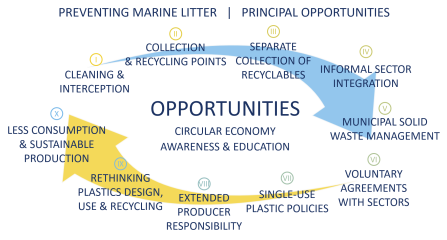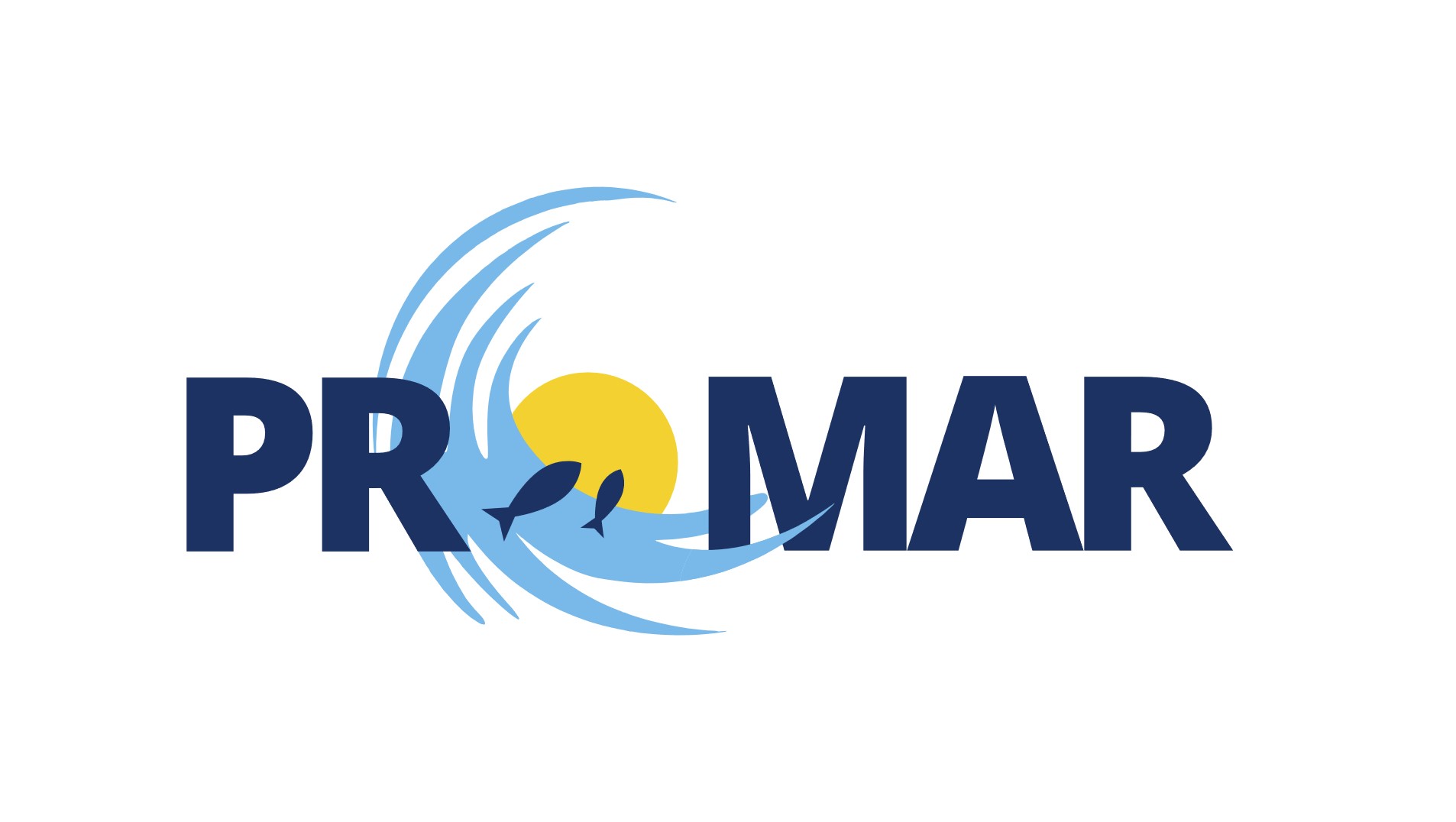More than 150 million tons of plastic particles are currently floating in our oceans or have already made their way to the sea floor, coating coral reefs and aquatic plants or sinking into the soil. Each year, an additional 8 million tons of plastics leak into the oceans, namely single-use plastic packaging. This amount is equivalent to one garbage truck of plastics entering the oceans every minute, a rate which is expected to double within the next 20 years.
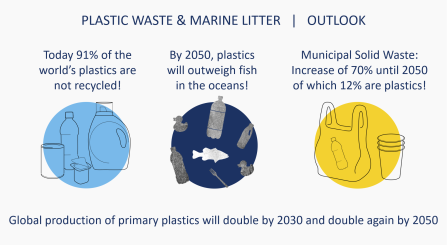
80% of marine litter comes from land-based sources, mainly resulting from overproduction of plastics and single-use items. Lost fishing gear, littering and insufficient local waste management practices further contribute to the problem.
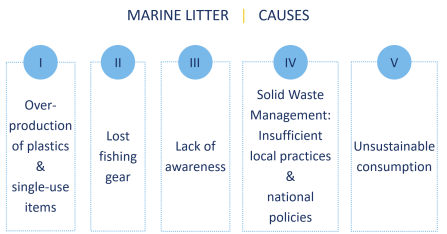
Plastic items entering aquatic ecosystems degrade into microplastics through weathering or radiation. These tiny particles get colonized by microorganisms making them an attractive food source for fish and marine mammals. These plastics then enter the food chain and are subsequently ingested by humans. Microplastics also serve as carriers of pathogens, transporting viruses and microscopic organisms around the globe.
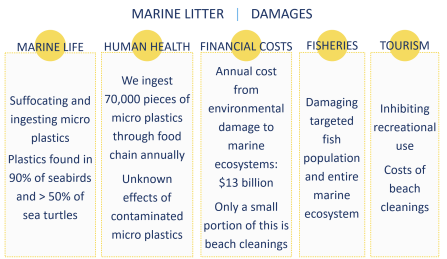
Opportunities to Prevent Marine Litter
The creation of Circular Economies and awareness programs are key pillars of PROMAR’s mission to prevent marine litter. Litter prevention is only sustainable when the entire value chain is addressed and a substantial shift in the behavior of consumers, producers and political decision makers can be achieved.
Therefore, the project seeks to tackle waste generation at its core by promoting sustainable production and consumption of plastic products and by initiating changes in national legislations towards extended producer responsibility (EPR) and single-use plastic policies. The improvement of waste management services is another great opportunity to reduce the amount of plastic waste entering the oceans.
